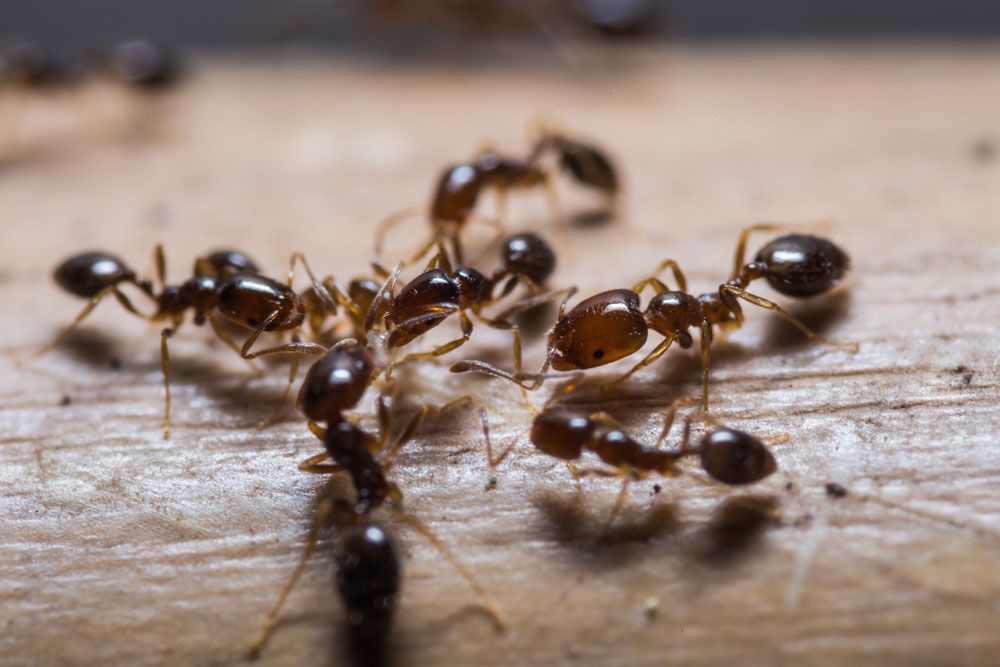
Red Imported Fire Ant – Solenopsis invicata
Red Imported Fire Ant (Solenopsis invicta )
Common Name: Red Imported Fire Ant
Latin Name: Solenopsis invicta
Appearance:
Red Imported Fire Ants are small, aggressive ants with a reddish-brown color. Typically, workers are between 1/8 and 1/4 inch (2–6 mm) long. Their reddish coloring may easily identify them, and are notorious for their aggressive behavior.
Host Plants:
Red Imported Fire Ants are not known for feeding directly on plants. Instead, they are omnivorous and feed on a wide range of foods, including insects, small vertebrates, seeds, and plant secretions.
Territory:
Originally native to South America, Red Imported Fire Ants have spread to various parts of the world, including the United States, Australia, China, and the Philippines. They thrive in warm climates.
Damages caused by Red Imported Fire Ant:
In agricultural settings, Red Imported Fire Ants can damage crops by feeding on seeds and young growth, as well as by protecting honeydew-producing insects that harm the plants. They are also known to cause damage to electrical equipment by nesting inside of it. Furthermore, Red Imported Fire Ants are notorious for their aggressive behavior and their ability to harm humans, animals, and ecosystems. They build large, mound-like nests in the soil, and if their nest is disturbed, they will aggressively defend it by stinging. The stings can be painful and, for some people, severe allergic reactions.
Life History and Habits:
Egg Stage:
- The egg stage begins with the laying of eggs by the queen. The queen ant is the reproductive female in the colony.
- Eggs are typically laid in the protected environment of the ant nest.
- The eggs are cared for by worker ants within the nest. They provide protection and maintain optimal conditions for the development of the eggs.
- The eggs hatch into larvae. The larvae are legless, soft, and worm-like.
- Worker ants feed the larvae with regurgitated food, including liquids rich in proteins.
- The larvae pupate by spinning a silk cocoon around themselves. The pupae are immobile and undergo metamorphosis within the cocoon. Inside the cocoon, the pupae transform, and adult features begin to develop.
- Adult ants emerge from their cocoons when the pupal stage is over.
- Within the colony, adult ants perform a variety of tasks like feeding, tending to the queen, protecting the nest, and caring for the offspring.
- Worker, soldier, reproductive queen, and male ant castes are among the many divisions of labor in Red Imported Fire Ant colonies, which have a complex social organization.
- The primary duty of the queen is to produce eggs. More than one queen may exist in a fully developed colony.
- Queens may live for several years and are vital to the colony’s survival and growth.
